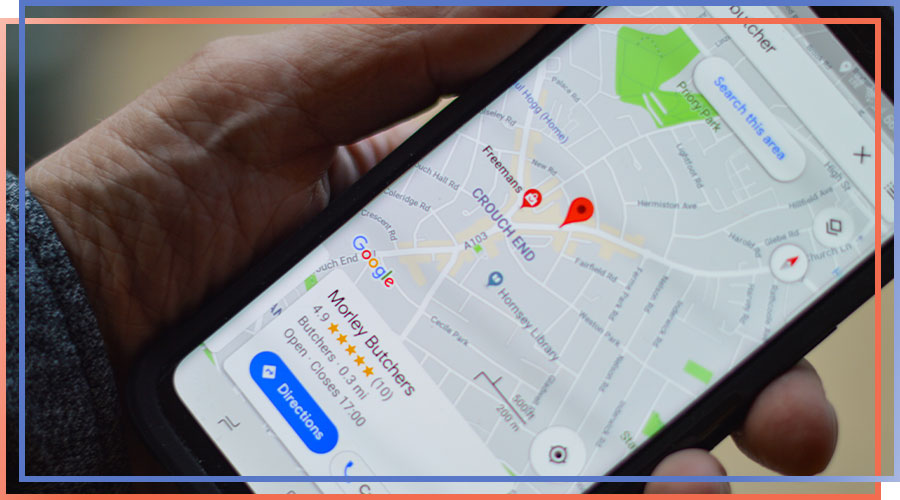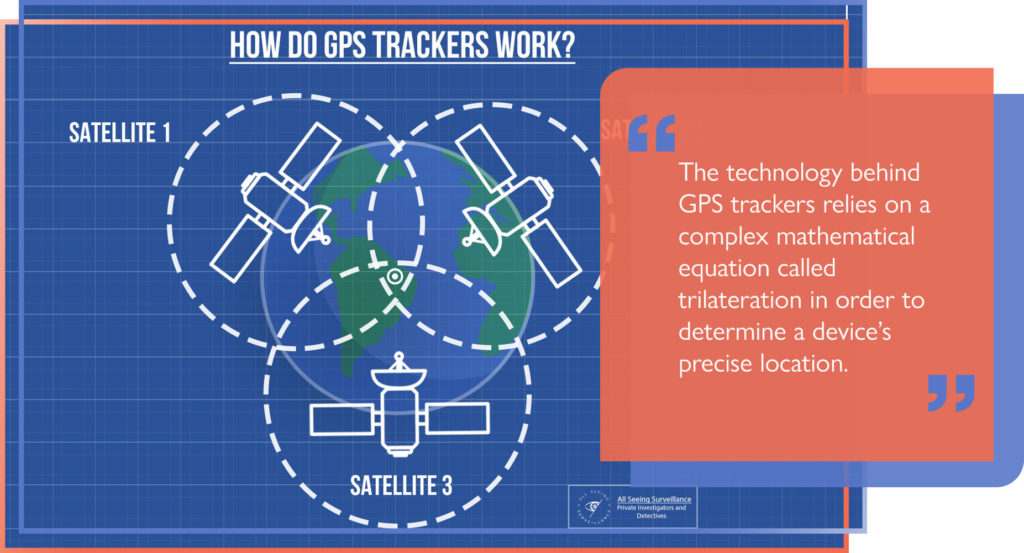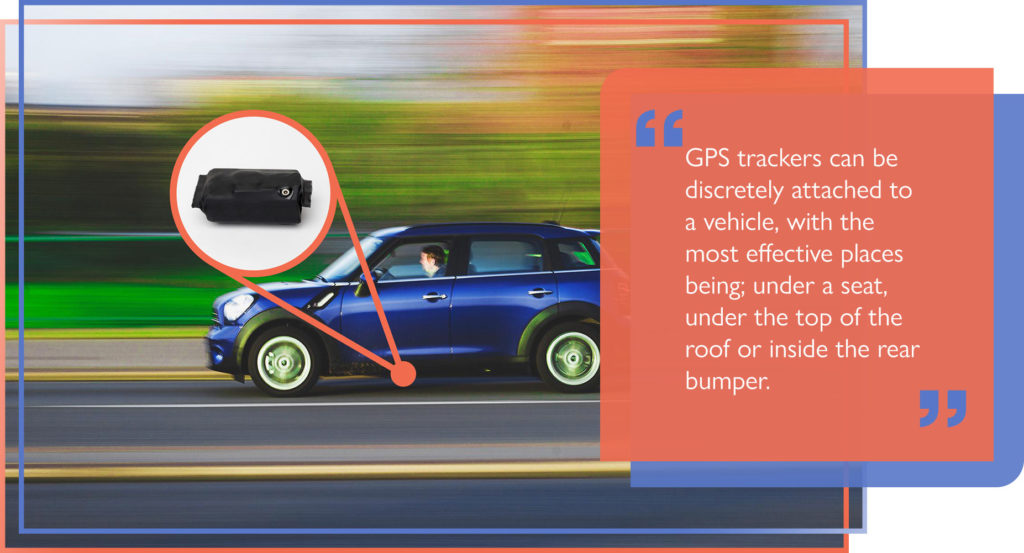
How do GPS trackers work?
GPS technology is widely used in our day to day lives, whether we realise it or not. From location sharing via a mobile app to handy navigational devices, GPS signals are ingrained into the way we live and interact. But what about when it comes to GPS trackers?
GPS tracking allows the operator to remotely access the location of the tracker – and therefore the person or vehicle that it’s attached to – and is successfully utilised in a multitude of industries, including Personal Investigation work. We examine what the technology that makes GPS trackers work, and what exactly you could use them for.
What is a GPS tracker?
A GPS (Global Positioning System) tracker is a portable device that can be attached to a person, a vehicle or even another device in order to remotely track their whereabouts using satellite signals. Certain trackers are able to monitor the speed the transmitter travelled at – if a GPS tracker were attached to a person, such data would indicate whether they were on foot or in a vehicle.
Originally developed in the mid-20th century by the US Air Force to assist with military operations, GPS is now widely used, both by the general public and private investigations alike. GPS trackers utilise the exact same technology that is used to operate your vehicle’s sat-nav, or your phone’s location sharing capabilities.
Depending on how sophisticated the device is, some vehicle trackers are capable of delivering advanced data such as fuel consumption, headlight usage and tyre pressure for a full account of the vehicle’s usage.
Passive or active GPS tracker?
Primarily, there are two types of GPS tracker. The first is called an active tracker, which delivers a real-time account of the tracker’s current whereabouts, allowing for constant tracing – even when the device is switched off. The data produced by an active tracker can be relayed anywhere in the world, as it’s recorded.
Alternatively, a passive tracker will record speed and location data whilst in use but can only be relayed when the device is docked at a later date. It does not provide real time updates. Although passive trackers are cheaper than active, they are not suitable for anyone who will require access to location data immediately.

How do GPS trackers work?
GPS trackers can be discretely attached to a vehicle, with the most effective places being; under a seat, under the top of the roof or inside the rear bumper. They can also be attached to the underside of the vehicle using a magnet.
The technology behind GPS trackers relies on a complex mathematical equation called trilateration in order to determine a device’s precise location.
In simple terms, this works by picking up the signals from a network of satellites, currently orbiting the earth and measures their radius. In order to work effectively, the network must be made up of a minimum of three satellites. By monitoring the point where the radiuses meet, the GPS software is able to pinpoint the exact location of the tracking device.
The more satellites in the network, the more accurate the location data provided. A high quality tracker will be able to pinpoint a location within around five metres.
If you are using an active tracker, this data is then transmitted using a wireless network back to the server. From here, it can be accessed on a remote device, such as a computer or mobile, in the form of a map in real time. A detailed history of the tracking device and its whereabouts can also be accessed.

If satellite signal is limited, GPS trackers may revert to using radio frequency in order to determine location. However, radio signals are far less accurate than satellite.
As data is being transmitted over a satellite signal, virtually all active trackers will require a monthly subscription with a provider – just like your phone contract. As passive trackers simply store the data rather than transmit it, it is possible to avoid a contract with such devices.
What can GPS tracking be used for?
GPS trackers have been successfully used for a number of different motives.
Perhaps the most common use is for fleet tracking, in which a fleet of trucks, lorries or cars can be remotely tracked. Fleet tracking is utilised in a number of different industries including taxi firms, chauffeur services and delivery companies. In such organisations, GPS tracking allows managers located in an office to more effectively manage and organisers the vehicles at their disposal – for example, accurately estimating delivery times, ensuring drivers are adhering to speed limits or for job verification.
GPS vehicle trackers can be utilised by individuals for personal use. This is most effective in the instance that a car was to be stolen, in order to provide police with the vehicle’s exact whereabouts. Parents have also been known to use a GPS tracker to monitor their teenager’s car usage.
GPS trackers can also be used within a personal investigation. For example, when investigating potential adultery, running background checks on employees or for nanny tracking. The exact location data can be used to disprove false alibis. However, do note that there are strict laws surrounding the use of GPS trackers – be sure to check legal restrictions.
GPS trackers for hire
Want more information or to reap the benefits of a GPS tracker yourself? At Trojan Surveillance we offer trackers to hire for either a weekly or one-off fee, allowing you to perform a discrete tracking operation without worrying about investing in an expensive device, or taking out a restrictive contract.
